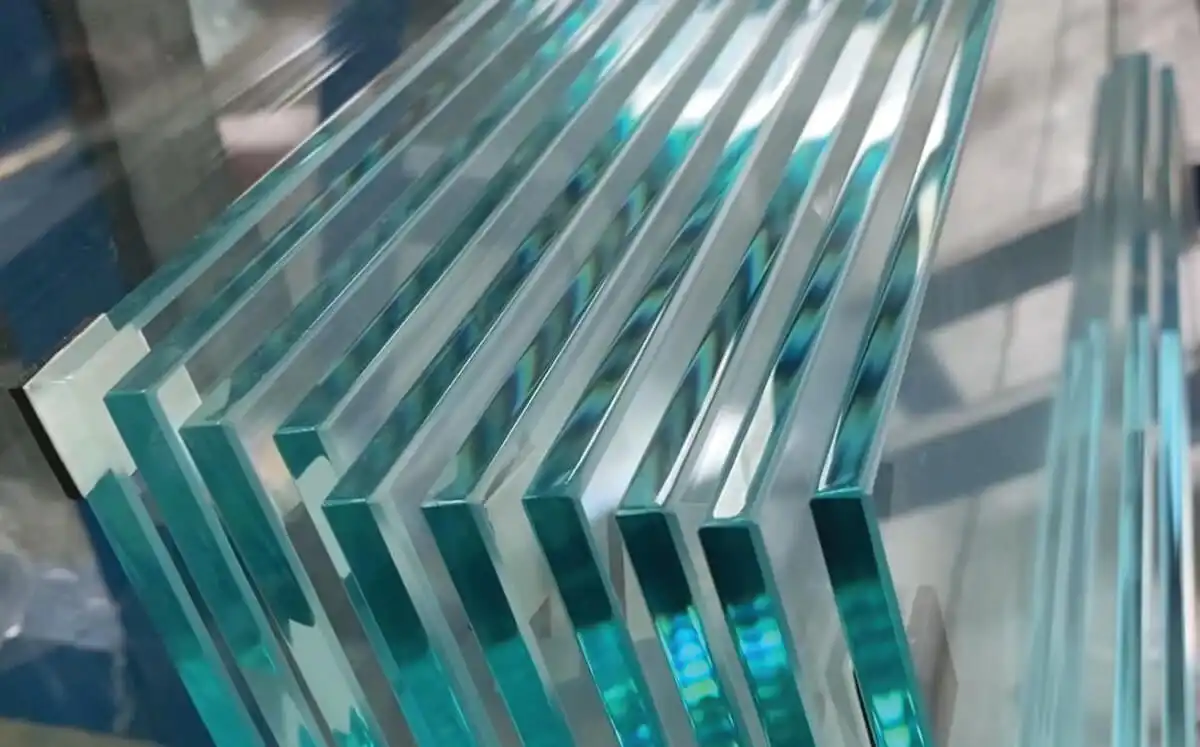Looking at the history of glass processing, the first evidence of glass production can be found in finds from Ancient Egypt, Rome and Mesopotamia. The oldest known glass objects are beads and small ornaments dating back to around 3500 BC.
Ancient Egypt and the Phoenicians are thought to be the first civilizations to develop the glassblowing technique. This technique revolutionized the glass industry by making it possible to produce larger glass objects such as vases and bowls. This innovation made glass production more efficient and economical.
During the Roman Empire, glass production reached a new level. The development of glass blowing presses allowed larger and more detailed glass products to be made. The Romans also developed the technique of glass cutting to create detailed patterns on glass surfaces.
In the Middle Ages, with the fall of the Roman Empire and the rise of the Islamic Golden Age, glass production stagnated. However, with the Renaissance, a renewed interest in the classical period revitalized glass production.
In the 19th century, new glass production techniques were developed, such as the invention of the cylinder and crown glass production processes. This made it possible to mass produce glass for use in windows, mirrors and everyday objects.
In the 20th century, float glass technology, invented by the Pilkington Brothers in 1959, started another revolution in the glass industry. This technology allowed molten glass to be cooled flat as it floated on a metal surface, making the production of large sheets of glass for use in buildings and automobiles more efficient and cost-effective.
Today, innovative glass processing methods are being developed, such as the use of nanotechnology to produce self-cleaning and energy-efficient glass. In addition, glass production has become more environmentally friendly thanks to the use of recycled glass in the production process.
From the beginning of the history of glass processing to the present day, glass production has undergone a continuous evolution. From the smallest glass beads to the massive glass sheets of modern structures and vehicles, this transformation has been accelerated by technology and a growing interest in sustainability.
Sustainability of Glass and its Impact on the Building Industry
The invention of the blowing rod in the first century AD increased the speed and efficiency of glass production. This made it possible to mass-produce products such as glass bottles and window panes.
Glass is increasingly favored in sustainable building design as it allows natural light to enter buildings, reducing the need for artificial lighting. In addition, glass can be recycled and used to produce new glass, which reduces the amount of waste and lowers the need for raw materials.
However, glass production has an environmental impact in terms of energy consumption and greenhouse gas emissions. Therefore, various efforts are being made to increase sustainability in glass production, such as the use of renewable energy sources and the recycling of waste heat in the production process.
The evolution of glass has been closely linked to technological advances and the industry continues to move towards more sustainable production methods.




